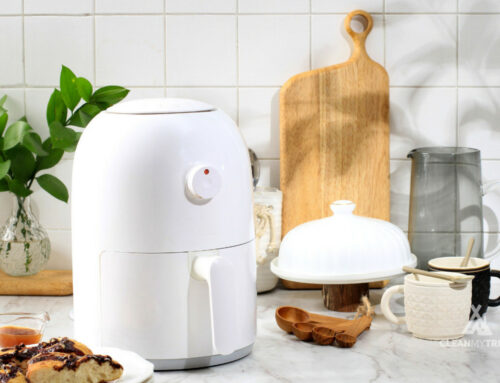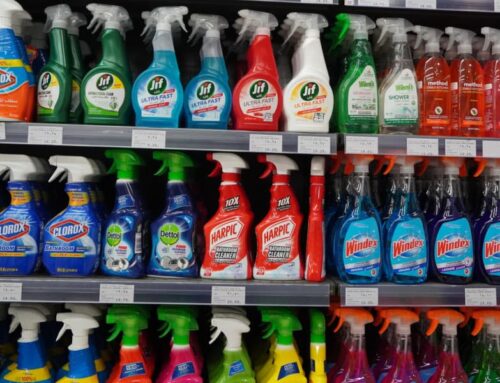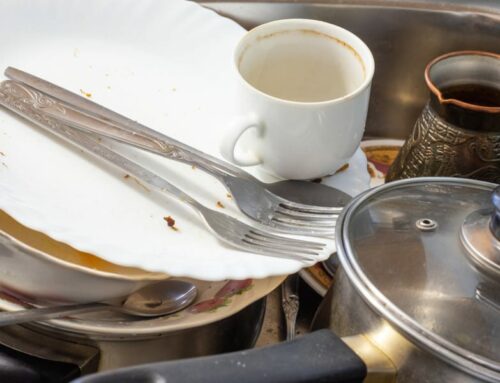Are you facing an unending battle with limescale? Calcium carbonate, or popularly known as lime scale, is a white, chalky substance that remains after hard water evaporates. It is common in appliances and on bathroom fixtures like showerheads, faucets, and toilet bowls where hard water is left to dry. Chances are, if you’re living in one of these states: Indiana, Florida, New Mexico, Arizona, Utah, Wisconsin in the United States, you can likely identify with experiencing water hardness.
Apart from dry hair and skin irritation, limescale does not have serious health hazards to humans. Then why don’t we simply ignore it? First, it’s incredibly uncomfortable. Second, no matter how harmless they are, these deposits can wreak havoc in your fixtures. They clog taps and showerheads and prevent your appliances from working efficiently. Worse, they can lead to mechanical parts failure.
If you’re looking for easy ways to get rid of these annoying deposits, carry on reading.
How to Treat Limescale with Ease?
Removing limescale can be a pain in the neck. Fortunately, common household items like vinegar, lemon, and baking soda work superbly in removing these nasty deposits. Here’s a step-by-step limescale cleaning guide using everyday products from your pantry:
1. Faucet
Vinegar: Drape a cloth soaked in undiluted vinegar over the faucet, pour more vinegar to make it fully saturated. Leave it for an hour then scrub gently with a toothbrush. Rinse off your faucet and dry thoroughly with a cloth.
Lemon Juice: Cut the lemon into half then squeeze it on the faucet. Wait for an hour, then scrub gently using a toothbrush. Rinse and dry thoroughly with a cloth.
Baking Soda: Mix 3 tablespoons of baking soda with 1 cup of water to create a paste. Lather the mixture on the area using a cloth. After an hour, rinse off with lukewarm water then wipe with a soft cloth to dry.
2. Showerhead
Vinegar: Soak the showerhead, if removable, in a bowl with diluted vinegar solution overnight. Rinse with hot water. Then dry with a soft cloth. For a fixed showerhead, use a rubber band to soak it in a sandwich bag filled with the same solution.
Lemon: Cut into half, then rub the fleshy part onto the showerhead. After an hour, rinse with hot water.
For tough build-ups, scrubbing with a brush may be necessary.
3. Toilet Bowl
Vinegar: Pour vinegar in the toilet bowl and leave it for 30 minutes, overnight if the stains are tough. When the deposits have softened, scrub with a toilet brush. Flush twice to rinse.
Coca-cola: Pour a liter of coke and let it sit for an hour. Scrub using a toilet brush then rinse.
4. Bathroom Tiles
Vinegar: Fill a spray bottle with vinegar and water. Apply the solution on the tiles and leave it for 30 minutes. Using a brush, scrub off the tiles. Rinse with hot water.
5. Kettle
Lemon Juice: Squeeze half a lemon in the kettle, add water until half full. Cut the squeezed lemon into tiny pieces, then place it in the solution. Boil then leave it for an hour. Scrub with a sponge, rinse, and towel dry.
Vinegar: Half fill the kettle with an equal amount of water and vinegar, bring to boil. After an hour, wash with warm, soapy water. Rinse and dry thoroughly with a soft cloth.
Optional: Add a tablespoon of baking soda in the vinegar solution.
6. Washing Machine
Baking Soda and Vinegar Solution: Put a cup of baking soda in the detergent dispenser, then pour a cup of vinegar in the drum. Run a hot water cycle. Run a second cycle with detergent powder to remove the vinegar scent.
How to Prevent Limescale?
Preventive measures can save you from costly repair and replacement of appliances and fixtures. Simply put, prevention is relatively easy compared to the treatment process.
- Use a magnetic descaler clamp on pipes to prevent the build up of scale deposits since the magnetic field removes the ability of the calcium carbonate to adhere to pipes.
- Install a carbon water filter in your showerhead which filters out the mineral deposits in the water.
- Use a non-precipitating water softener which prolongs the life of your washing machine and protects the parts against limescale. The softener prevents limescale from forming by breaking down the minerals in your water. If you’re thinking of trying one, Calgon 2-in-1 Water Softener is a popular choice. For a greener option, one of Amazon’s top sellers is the Charlie’s Soap Laundry Booster and Hard Water Treatment.
- For a more permanent solution, invest in a water softener.
- Practice regular descaling to save yourself from the burden of dealing with tough limescale.
Try these limescale tips and prevention methods today.





